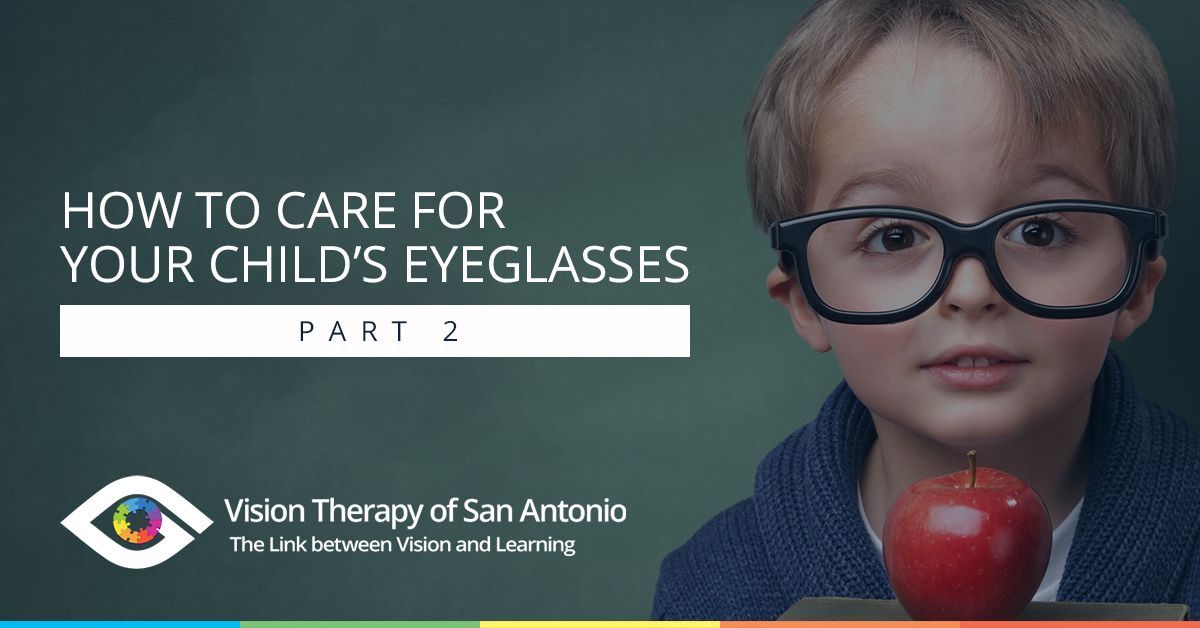When your child has eyeglasses, you want to make sure to instill in them proper eye care lessons. This, of course, can be used while they’re children but be just as useful when they get older. When children know how to care for their eyeglasses, you can ensure that their glasses will last longer. By making sure their glasses don’t get scratched or broken, you can save money, as they won’t be having to replace them. You might be wondering, how do you teach your child proper eye care?
In our last blog we discussed correct cleaning and protection methods to keep your child’s glasses protected. We went over how glasses are meant to be cleaned with warm water and a cleaning cloth, while eventually stored away in a hard-shell glasses case. By using these two things you could significantly prolong the life of your child’s eyeglasses. In part two of this blog series we will delve into uses of eyeglasses, such as putting on and off and where to properly use your glasses.


